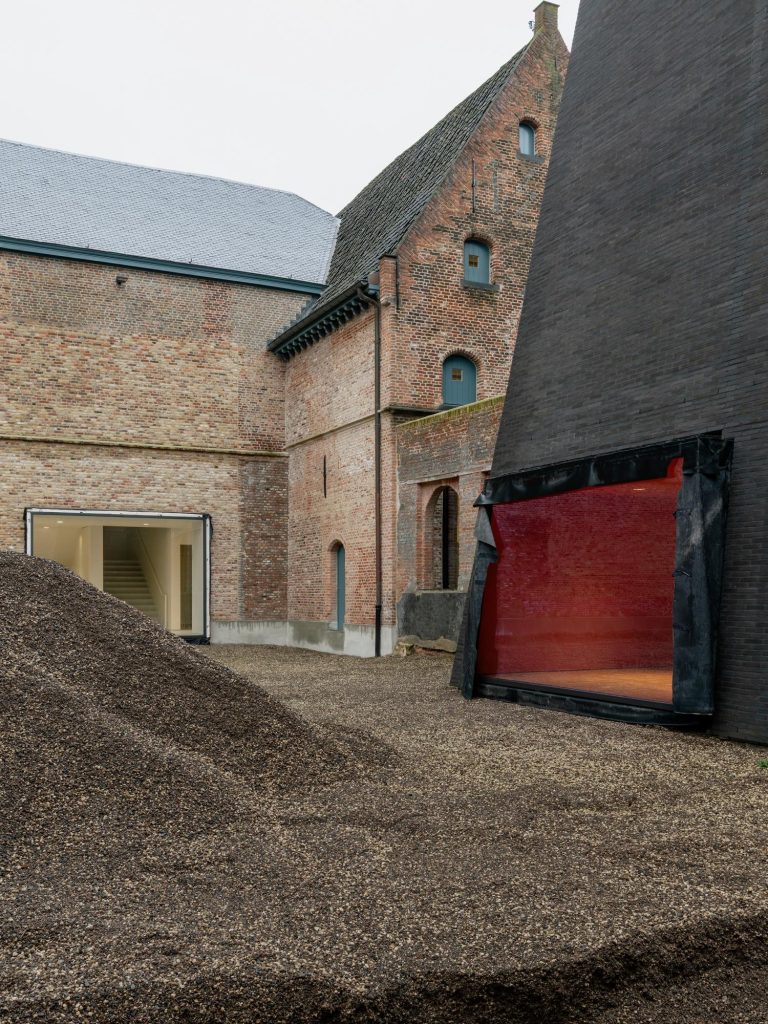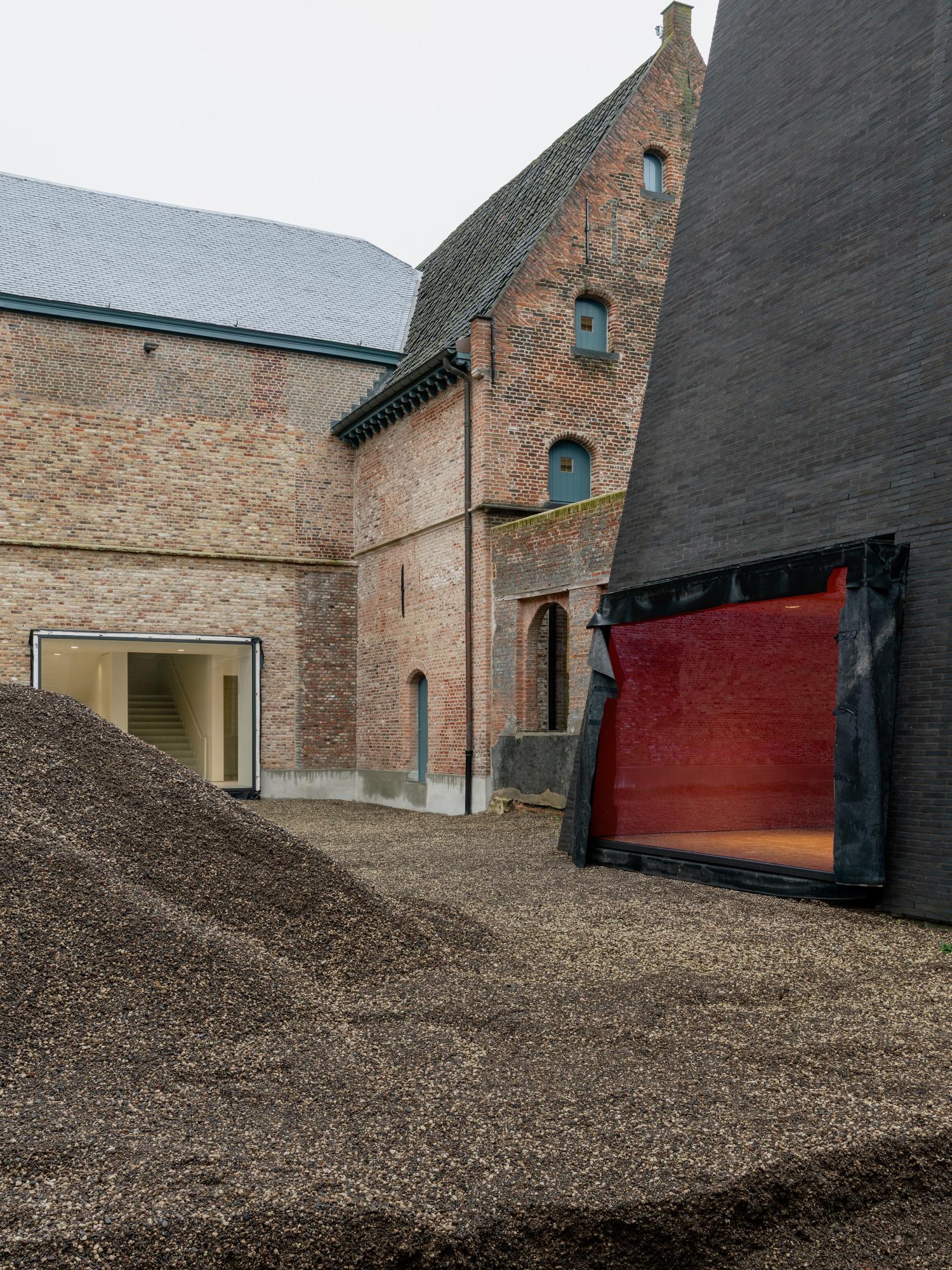
How a Puerto Rican Museum Engages and Builds Community Beyond Its Walls

🇺🇸 América’s Cultural Treasures: The Transformative Power of Art and Identity at El Museo de Arte de Puerto Rico 🇵🇷
Part of the Ford Foundation’s “America’s Cultural Treasures” initiative, El Museo de Arte de Puerto Rico (MAPR) serves as a beacon of education, identity, and cultural resilience in an evolving Puerto Rican society. More than just a repository of art, MAPR acts as a sanctuary of self-discovery, a classroom for underserved populations, and a stage for local artists whose stories reflect the island’s complexity and history.
🖼 A Mission Beyond the Canvas
Founded in 2000 in San Juan, El Museo de Arte de Puerto Rico was built on the recognition that access to culture and education are essential tools for empowerment. Doreen Colón Camacho, the museum’s original director of education, captured the ethos of MAPR when she said: “Puerto Rico’s lack of definition has created doubts about who we are … it was my opportunity, through the museum, to create a sense of pride and warmth.”
This need for clarity, identity, and access to history has never been more crucial. In her role as current executive director, Dr. María C. Gaztambide has expanded on this vision, ensuring that the museum is accessible to all communities, whether they are in classrooms, correctional institutions, or urban neighborhoods.
🎓 From Correctional Complex to Academic Halls
Among MAPR’s most compelling educational programs is Arte que Rehabilita (“Art That Rehabilitates”), which ran from 2009 to 2013 and has recently been revived. It exemplifies MAPR’s commitment to reaching marginalized populations.
One of the program’s participants, Raúl Reyes Chalas—a Marine Corps veteran serving a 119-year sentence—earned a bachelor’s degree while incarcerated, nurtured by mentorship from the late Jesuit historian Fernando Picó Bauermeister. Through art and education, Reyes Chalas found not just knowledge, but self-worth. He later wrote a thesis exploring a Puerto Rican heavy metal band through philosophical lenses and is now pursuing a master’s degree, indicating the profound transformation the museum helps catalyze.
🌱 Cultivating Minds from the Ground Up
MAPR also equips public school students with creative and sustainable life skills. Its Art, Ecology, and Sustainability program partners with the nearby Central High School for Visual Arts. Students grow plants in a school garden, extract natural pigment, and create art—all while connecting ecological knowledge with creative expression.
Gaztambide emphasizes the full-circle impact: “The students are involved in planting and the upkeep of the garden … and then create their works. It’s a yearlong program that culminates in a show at the museum.”
This initiative bridges the disparity between abstract cultural experience and tangible everyday reality. It turns passive museumgoers into active cultural creators.
📚 Educational Outreach: A Balm for a Broken School System
MAPR’s educational department isn’t merely supplemental—it acts as a surrogate for failing infrastructure. According to Colón Camacho, nearly half of Puerto Ricans live below the poverty line, and few prioritize museums as places for learning or enjoyment. MAPR responds by providing adaptable curricula for every academic subject and educational level, giving teachers pre-prepared rubrics, lesson plans, and resources to use in public classrooms.
Dorilyn Morales Colón, current library director, champions the resource library’s availability—even without a paid museum admission. “There’s no need to pay the entrance to use the facility,” she emphasizes, reflecting the museum’s dogged pursuit of equitable access to education.
The void left by the 2011 closure of Borders bookstores, one of the few free reading spaces on the island, made this initiative even more critical.
🎨 Nurturing the Next Generation of Artists
Supported by the Fundación Ángel Ramos, MAPR launched the Centro de Desarrollo para la Comunidad Creativa (Creative Community Development Center or CEDE) to build capacity among artists. From technical workshops in taxes, proposals, and portfolios to emergency grants for medical needs, MAPR ensures that artists are both creators and sustainable cultural professionals.
Annie Y. Saldaña Matías, manager at CEDE, highlights the importance of these practical resources: “Academia can only get you so far … [but] entrepreneurship and the business of the arts is always missing.” That gap, she argues, must be bridged to create lasting careers for artists, particularly on an island where economic limitations can stifle creative potential.
MAPR maintains an online Artist Directory to foster visibility and networking opportunities for emerging and established creators alike.
📖 Rewriting Puerto Rican Art History
Juan Carlos López Quintero, MAPR’s curator, underscores the museum’s role in documenting and showcasing Puerto Rican culture beyond stereotypes of beaches and rum. Born in Venezuela, López Quintero has organized 46 major exhibitions during his 15-year tenure, all serving as scholarly acts of cultural preservation.
“The literature on